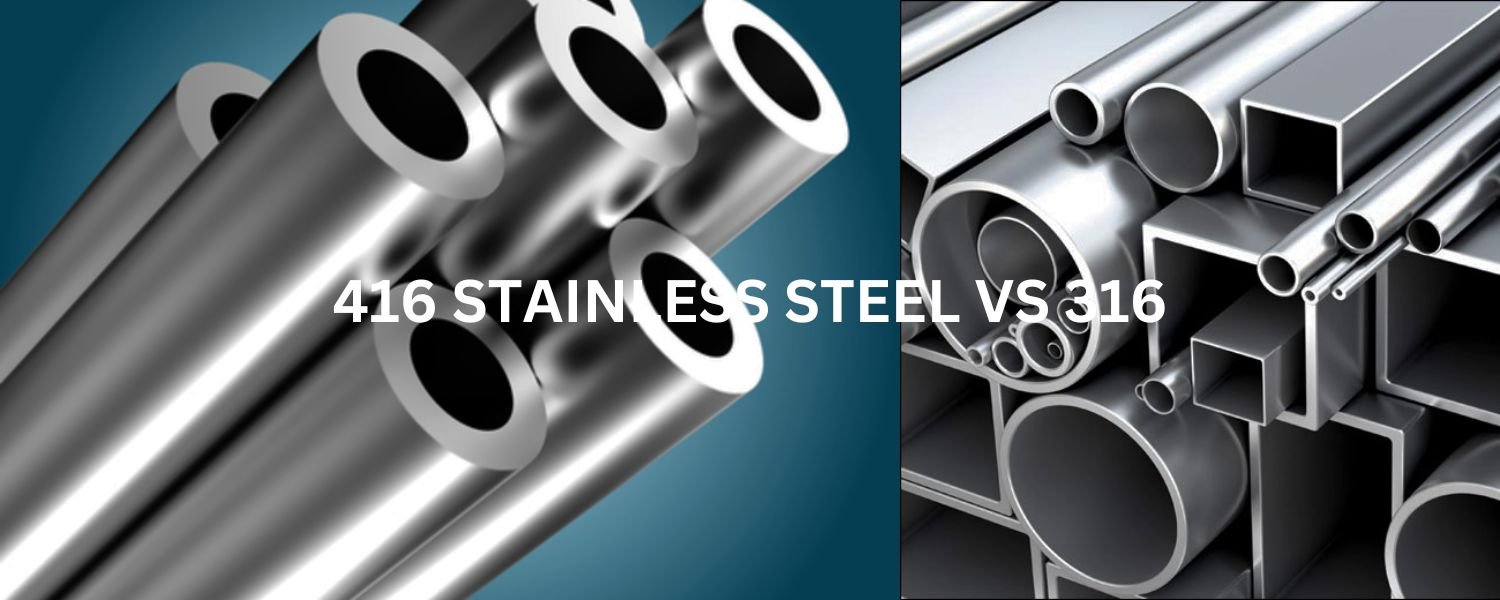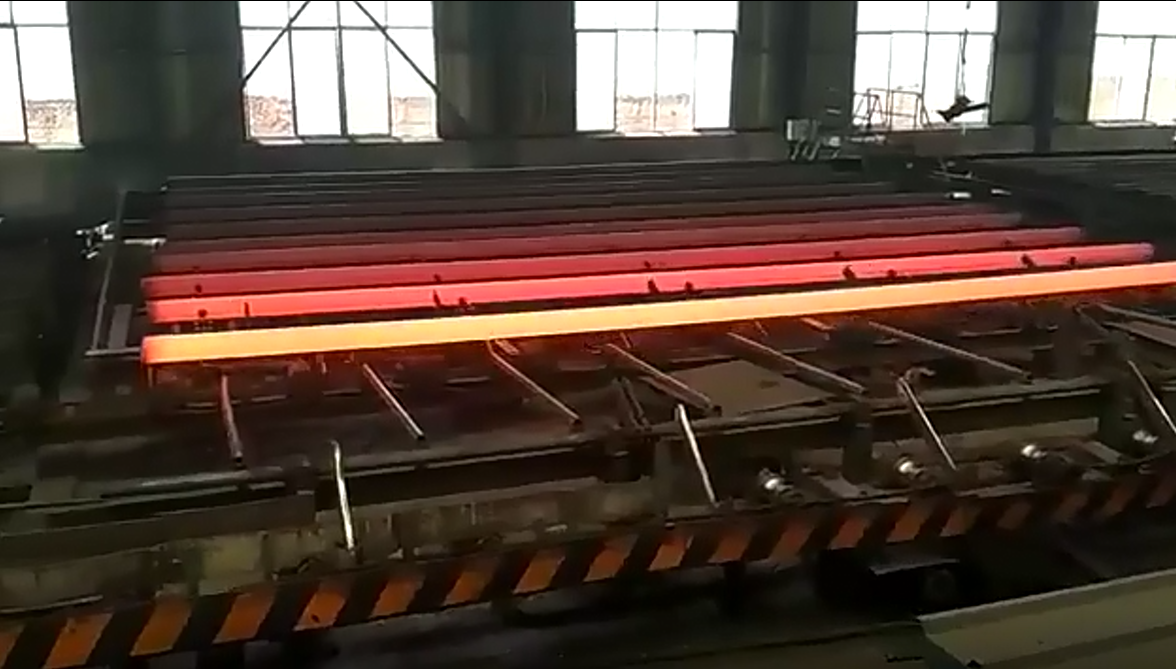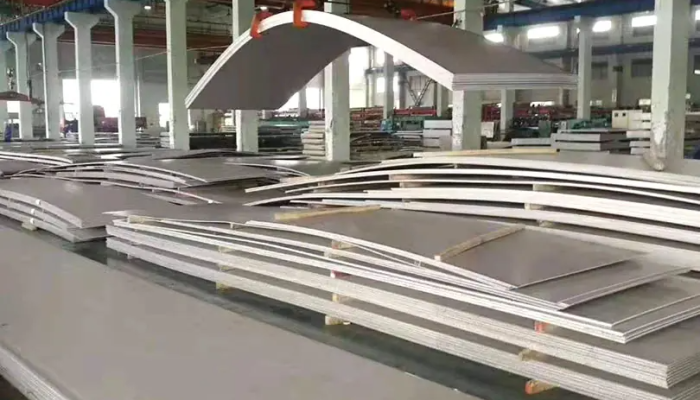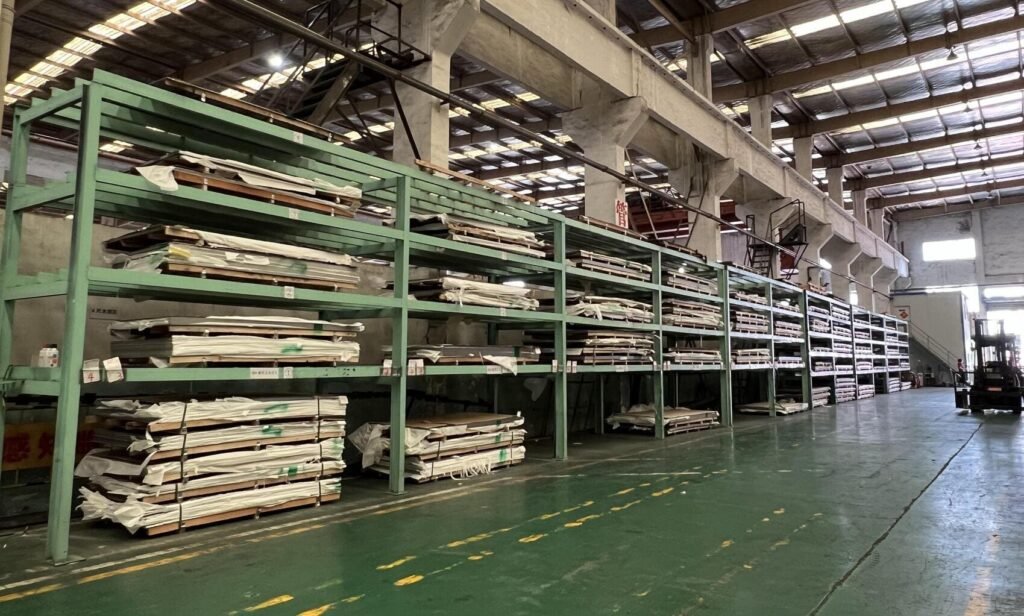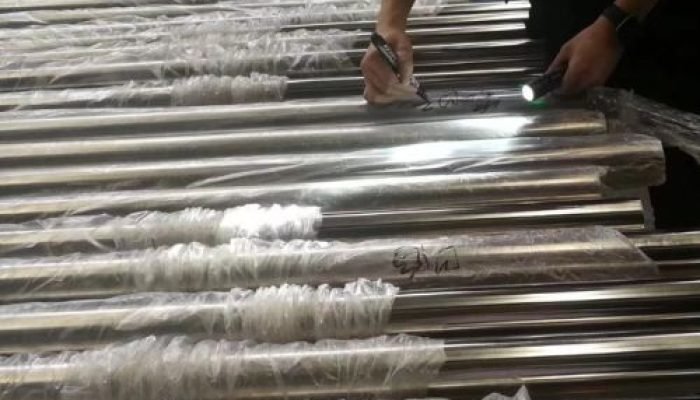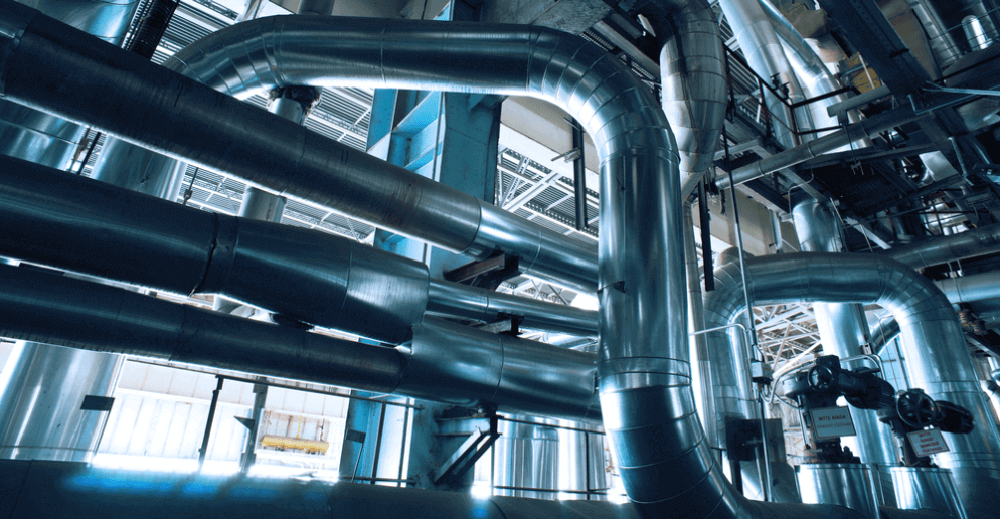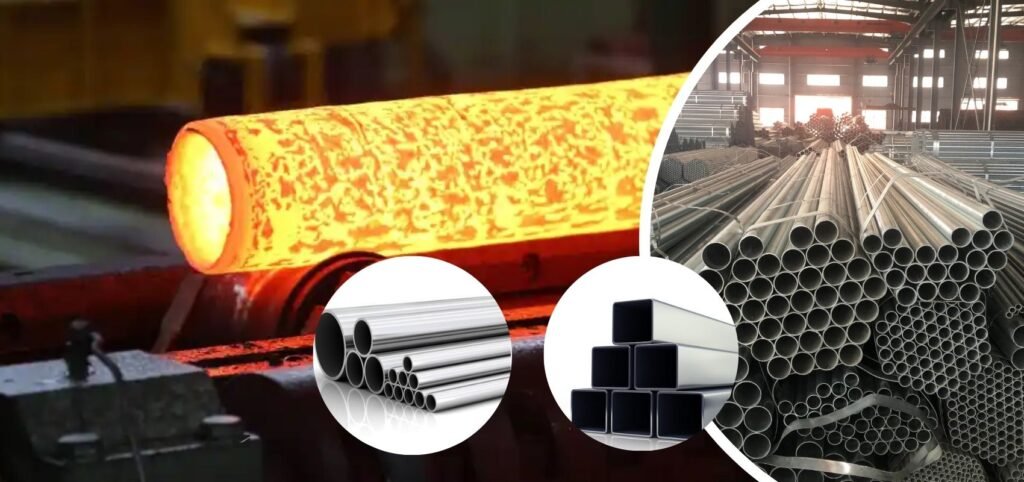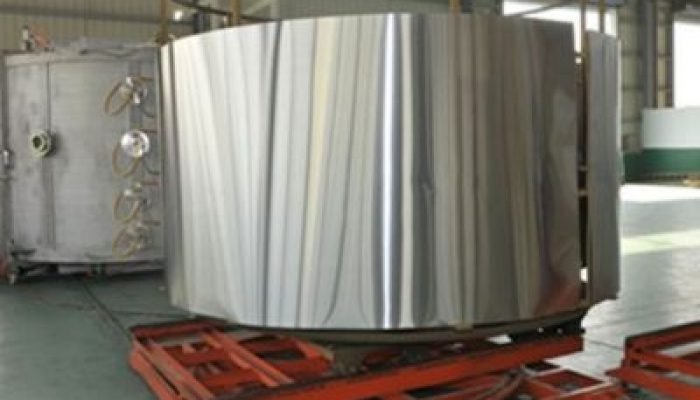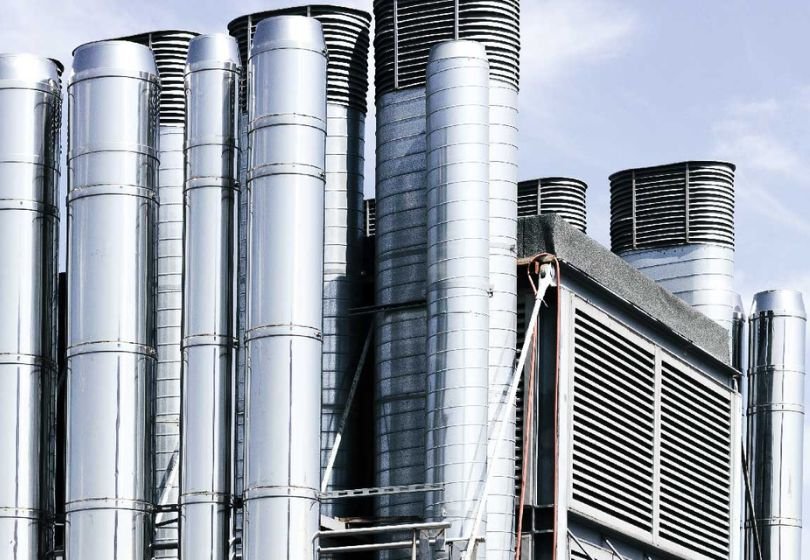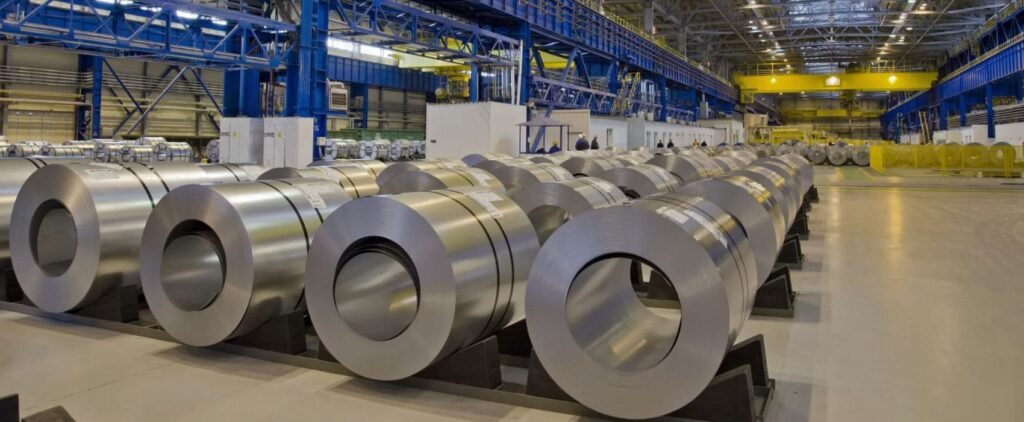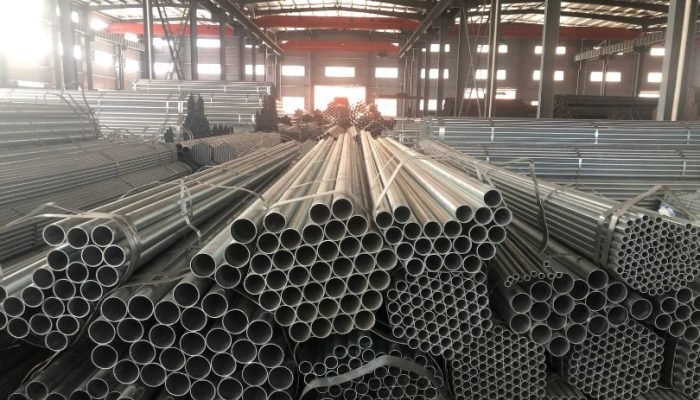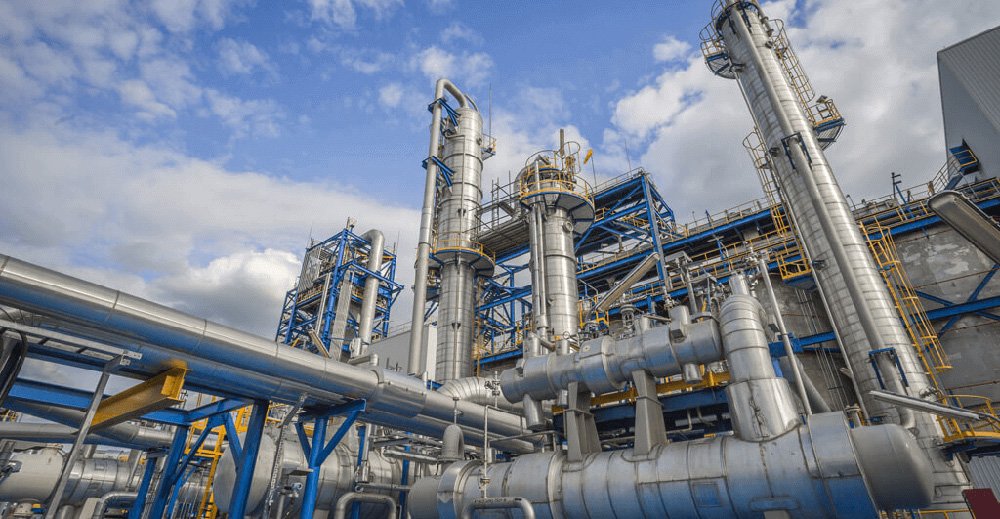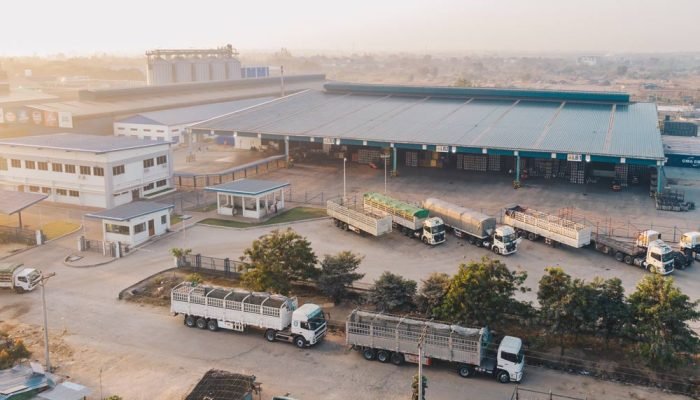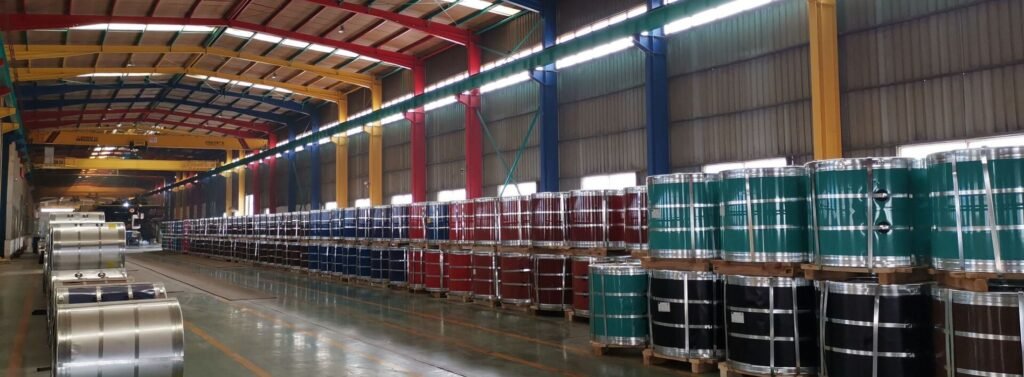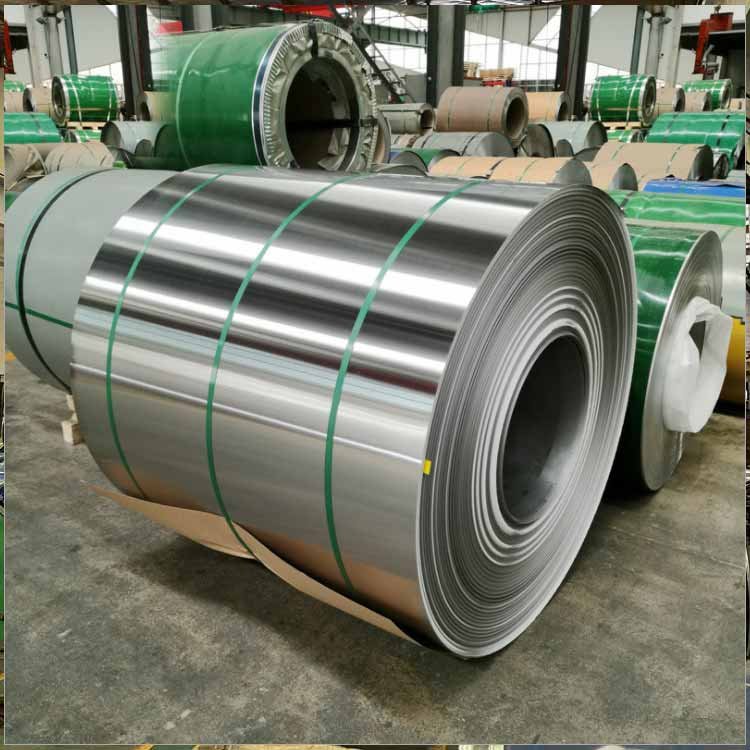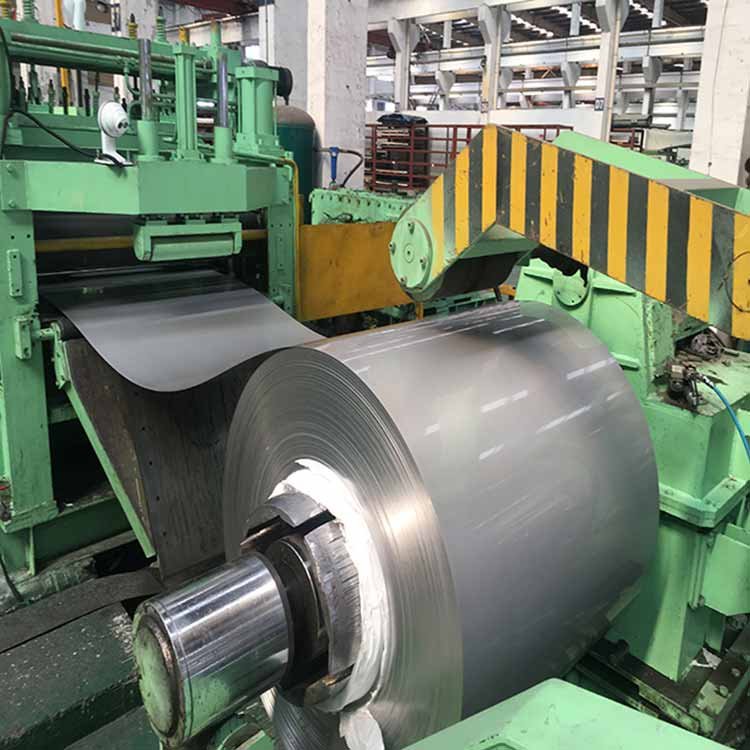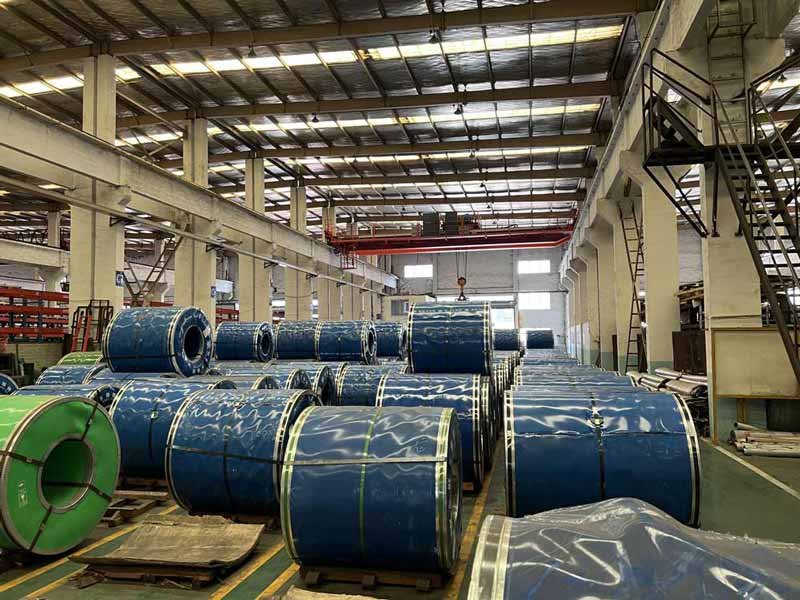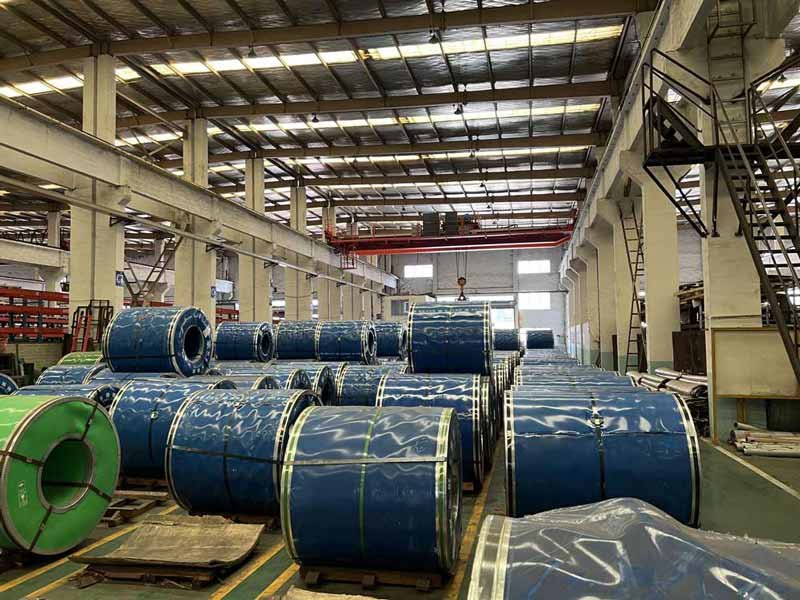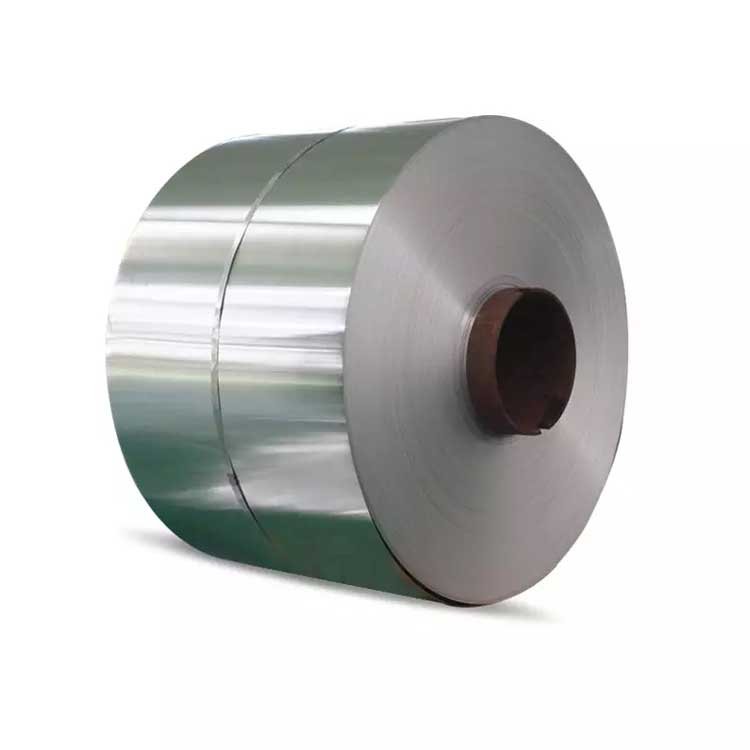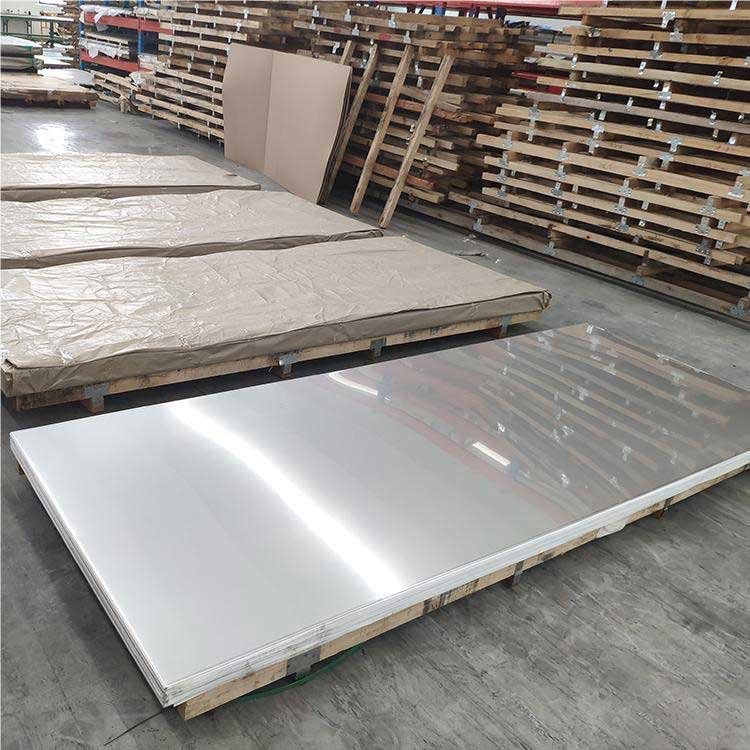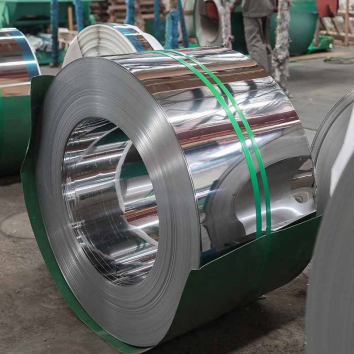Stainless steel is a popular material used in various industries due to its exceptional durability, corrosion resistance, and aesthetic appeal. Among the different types of stainless steel, two grades, 416 and 316, are widely utilized for their unique properties. In this article, we will delve into the battle of the steels, comparing the strengths and weaknesses of 416 stainless steel and 316 stainless steel. By understanding their characteristics, applications, and performance, you can make an informed decision when selecting the right steel for your specific needs.
Introduction
Stainless steel is a versatile and widely used material known for its excellent corrosion resistance and durability. It finds applications in industries such as automotive, aerospace, construction, and medical. Among the various grades available, 416 stainless steel and 316 stainless steel stand out for their unique properties and characteristics.
This article aims to provide a comprehensive comparison between 416 stainless steel and 316 stainless steel, outlining their strengths, weaknesses, and applications. By understanding the differences between these two grades, you can make an informed decision when choosing the right steel for your specific requirements.
Understanding Stainless Steel
Stainless steel is an alloy composed of iron, chromium, and various other elements such as nickel, molybdenum, and manganese. The addition of chromium to the steel forms a protective oxide layer on the surface, giving it its remarkable corrosion resistance.
Different grades of stainless steel are developed by varying the composition of these alloying elements. Each grade possesses unique properties that make it suitable for specific applications. In this article, we will focus on comparing the properties of 416 stainless steel and 316 stainless steel.

416 Stainless Steel
Composition
416 stainless steel is a martensitic stainless steel with increased sulfur content. Its chemical composition typically includes:
- Carbon (C): 0.15%
Chromium (Cr): 12-14%
Manganese (Mn): 1.25%
Phosphorus (P): 0.06%
Sulfur (S): 0.15-0.35%
Strengths
Excellent machinability: 416 stainless steel is renowned for its superior machinability among stainless steel grades. It can be easily machined, resulting in high-quality precision components.
Corrosion resistance: While not as corrosion-resistant as austenitic stainless steels, 416 stainless steel still offers good resistance to mild atmospheres, fresh water, and alkaline solutions.
Weaknesses
Limited corrosion resistance: Compared to austenitic stainless steels like 316, 416 stainless steel has lower corrosion resistance, particularly in highly corrosive environments such as marine or chloride-rich conditions.
Poor weldability: 416 stainless steel is not recommended for welding applications due to its sulfur content, which can lead to cracking and reduced weld strength. However, it can be welded using specialized techniques and consumables.
Applications
416 stainless steel finds applications in industries such as:
- Manufacturing of bolts, nuts, and screws
- Pump shafts and valve components
- Firearms and gun parts
- Surgical instruments
- Food processing equipment
316 Stainless Steel
Composition
316 stainless steel is an austenitic stainless steel known for its excellent corrosion resistance. Its composition typically includes:
Carbon (C): 0.08%
Chromium (Cr): 16-18%
Nickel (Ni): 10-14%
Molybdenum (Mo): 2-3%
Manganese (Mn): 2%
Silicon (Si): 0.75%
Strengths
Superior corrosion resistance: 316 stainless steel offers excellent resistance to corrosion, making it highly suitable for marine environments, chemical processing, and applications exposed to chlorides and acids.
High temperature resistance: This grade exhibits good resistance to high temperatures and maintains its mechanical properties even in elevated temperature conditions.
Versatility: 316 stainless steel is widely used in various applications due to its versatility and balanced combination of corrosion resistance, strength, and aesthetic appeal.
Weaknesses
Lower machinability: Compared to 416 stainless steel, 316 stainless steel has lower machinability, requiring appropriate tooling and machining techniques to achieve desired results.
Higher cost: 316 stainless steel is generally more expensive than 416 stainless steel, primarily due to its higher nickel and molybdenum content.
Applications
316 stainless steel finds applications in industries such as:
Marine equipment and hardware
Chemical processing equipment
Pharmaceutical equipment
Food and beverage processing
Architectural applications
Performance Comparison
Corrosion Resistance
In terms of corrosion resistance, 316 stainless steel outperforms 416 stainless steel. It offers superior resistance to a wide range of corrosive environments, including saltwater, acids, and chlorides. 416 stainless steel, although possessing some corrosion resistance, is not as robust as 316 stainless steel in highly corrosive conditions.
Strength and Toughness
Both steels have different strengths and toughness characteristics. 416 stainless steel is a martensitic stainless steel with higher hardness and strength compared to 316 stainless steel. However, 316 stainless steel exhibits better toughness, impact resistance, and ductility, making it more suitable for applications requiring these properties.
Machinability
When it comes to machinability, 416 stainless steel excels. Its sulfur content promotes chip breaking and results in excellent machinability, making it a popular choice for machining operations. On the other hand, 316 stainless steel is more challenging to machine due to its work-hardening tendency, requiring specialized tooling and techniques.
Weldability
While 316 stainless steel is generally considered readily weldable, 416 stainless steel poses challenges in welding due to its sulfur content. Welding 416 stainless steel may result in cracking and reduced weld strength if not approached carefully. Proper preheating, post-weld heat treatment, and the use of suitable consumables are crucial for successful welding.
Cost
In terms of cost, 416 stainless steel is generally more affordable compared to 316 stainless steel. The higher content of nickel and molybdenum in 316 stainless steel contributes to its higher price. Therefore, if cost is a significant factor in your application, 416 stainless steel may be a more economical choice.
Selecting the Right Steel for Your Needs
Choosing between 416 stainless steel and 316 stainless steel depends on your specific requirements and application. Consider the following factors:
Corrosion resistance: If your application involves exposure to corrosive environments, especially marine or chloride-rich conditions, 316 stainless steel’s superior corrosion resistance makes it the preferred choice.
Strength and toughness: Evaluate the required strength, hardness, and toughness for your application. If high strength and hardness are crucial, 416 stainless steel may be suitable. However, if you need a balance between strength and toughness, 316 stainless steel is a better option.
Machinability: If your application involves extensive machining operations, where excellent machinability is essential, 416 stainless steel’s sulfur content provides a significant advantage.
Weldability: Consider the welding requirements of your application. If welding is necessary, and you are confident in using specialized techniques and consumables, 416 stainless steel can be welded successfully. However, if ease of welding is crucial, 316 stainless steel is a better choice.
Cost: Assess your budget and cost constraints. If cost plays a significant role and the application does not require exceptional corrosion resistance or specific mechanical properties, 416 stainless steel offers a more economical solution.
By carefully considering these factors and evaluating your application’s specific needs, you can make an informed decision in selecting the right stainless steel grade for your project.
Conclusion
In the battle of the steels, both 416 stainless steel and 316 stainless steel offer unique properties and advantages. 416 stainless steel excels in machinability, while 316 stainless steel boasts superior corrosion resistance, strength, and toughness. The choice between these two grades depends on the specific requirements of your application, such as corrosion resistance, mechanical properties, machinability, weldability, and cost. Understanding these factors will enable you to select the most suitable steel for your project, ensuring optimal performance and durability.
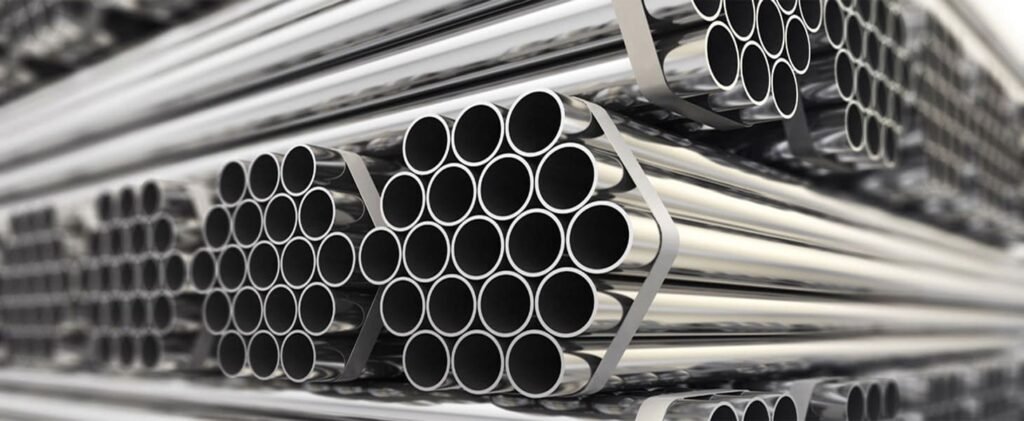
FAQs
1. Which stainless steel grade is more suitable for marine applications?
For marine applications, 316 stainless steel is the preferred choice due to its excellent corrosion resistance in saltwater environments.
2. Can 416 stainless steel be used in high-temperature environments?
While 416 stainless steel can withstand moderate temperatures, it is not recommended for high-temperature applications. Austenitic stainless steels, such as 316, are better suited for elevated temperature environments.
3. What are the common applications of 316 stainless steel?
316 stainless steel finds widespread use in marine equipment, chemical processing, pharmaceutical equipment, food and beverage processing, and architectural applications.
4. Is 416 stainless steel magnetic?
Yes, 416 stainless steel is magnetic due to its martensitic structure.
5. Which steel grade is more cost-effective?
In terms of cost, 416 stainless steel is generally more cost-effective compared to 316 stainless steel due to its lower nickel and molybdenum content.
